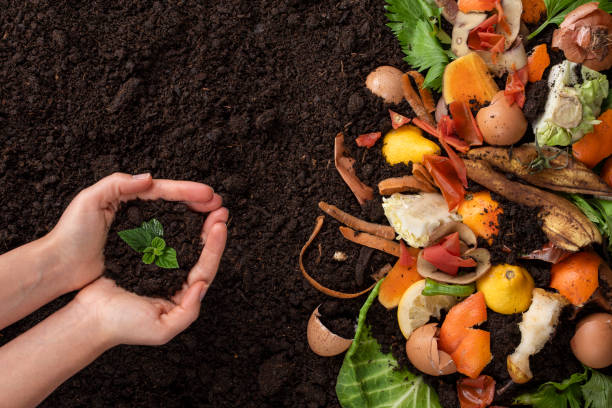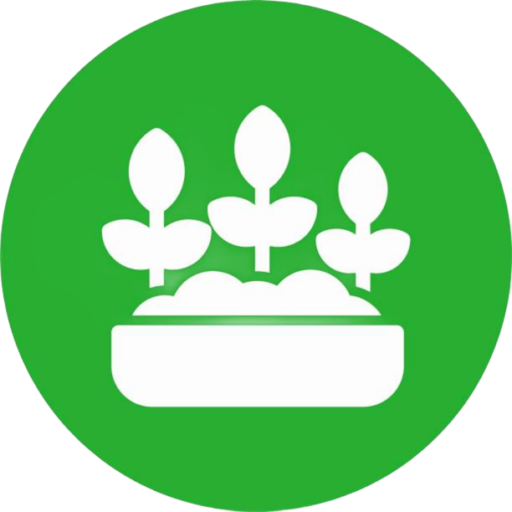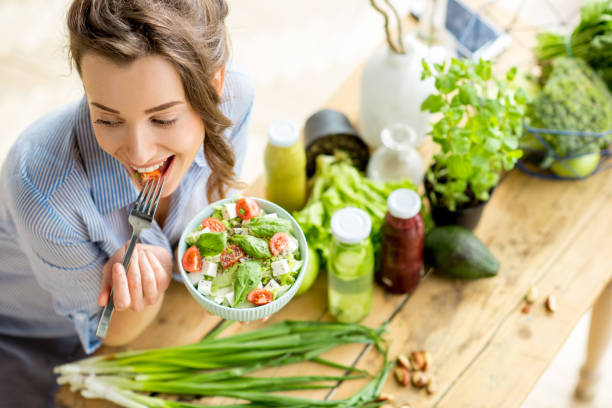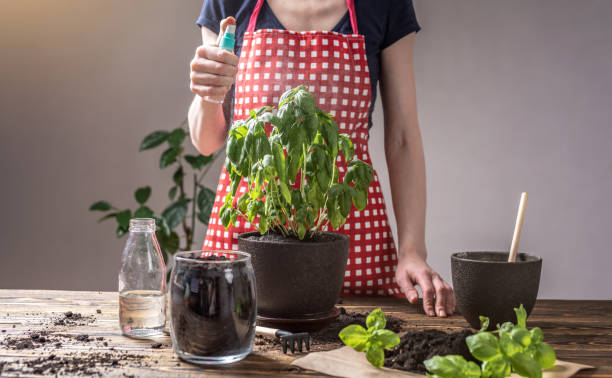Composting 101: Turning Kitchen Scraps into Garden Gold
Composting is one of the most powerful tools a gardener can use—and one of the simplest ways to reduce household waste. It transforms kitchen and garden scraps into rich, dark, nutrient-dense compost that improves soil health, boosts plant growth, and helps close the natural cycle of life in your garden.
What is Composting?
Composting is the process of breaking down organic materials like food scraps, leaves, and grass clippings into a soil-like material. Microorganisms, moisture, oxygen, and time work together to decompose this waste into humus—a dark, earthy substance packed with nutrients.

Benefits of Composting
– Reduces household waste and landfill use
– Improves soil texture and fertility
– Enhances water retention in soil
– Encourages beneficial microbes and insects
– Saves money on commercial fertilizers
Whether you live in a house with a backyard or a small apartment with a balcony, composting is possible with the right setup.
What Can You Compost?
Green (Nitrogen-rich) materials:
– Fruit and vegetable scraps
– Coffee grounds and tea bags
– Fresh grass clippings
– Plant trimmings
Brown (Carbon-rich) materials:
– Dry leaves
– Straw or hay
– Shredded paper or cardboard
– Sawdust (from untreated wood)
Aim for a balance: roughly 2 parts brown to 1 part green for the best results. Avoid meat, dairy, oily foods, and pet waste—they attract pests and slow down the process.
How to Start Composting
- Choose a container:
Use a compost bin, tumbler, or a simple pile. For small spaces, bokashi bins or worm composters work well indoors. - Layer and mix:
Alternate layers of greens and browns. Keep the pile moist like a wrung-out sponge. Turn it weekly to aerate and speed up decomposition. - Wait and watch:
Over weeks or months, your scraps break down. The compost is ready when it’s dark, crumbly, and smells like fresh soil.
Tips for Success
– Chop materials into smaller pieces for faster breakdown.
– Avoid adding too many wet items (like fruit peels) without balancing with dry browns.
– Keep your bin covered to prevent excess moisture or drying out.
– If it smells bad, add more browns; if it’s too dry, add water or greens.
Using Your Compost
Finished compost can be mixed into garden beds, potted plants, or seed-starting mixes. It nourishes the soil, feeds your plants, and reduces the need for synthetic fertilizers. It’s a natural, effective way to give back to the Earth.
Composting is a daily act of sustainability. It turns waste into wealth and gives new purpose to what we usually throw away. With every peel and leaf you compost, you’re investing in a greener, more resilient future—right from your kitchen.



